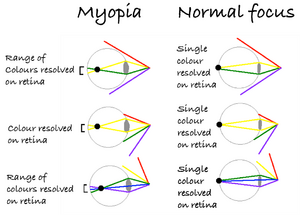- Joined
- Aug 14, 2009
- Messages
- 27,491
it really does if you are out of focus range?
I'm short-sighted and I've definitely experienced this. Only upside of needing contacts, really. Assume something like my (...simplistic) paintjob is happening. I'm sure there's a better description out there somewhere.
Seeing dispersion with astigmatism must be really gnarly.

Last edited:



300x240.png)